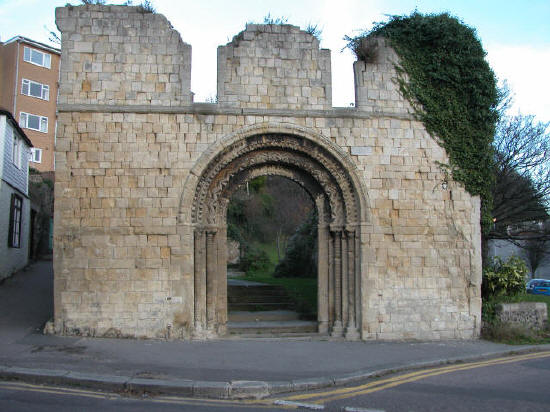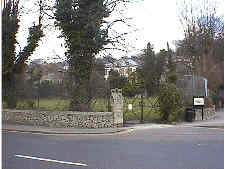| Church Index |
St James' Church |
|
|
Rectors
|
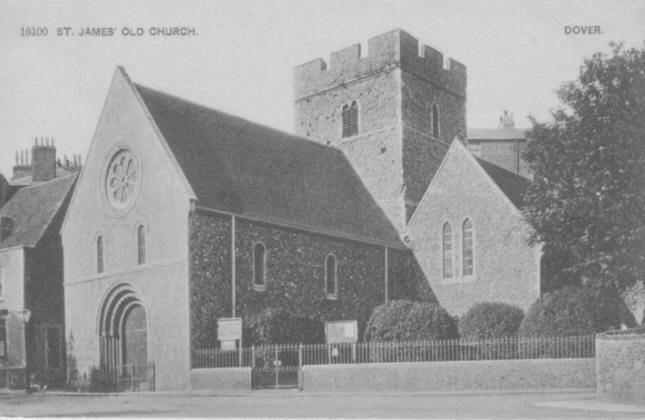
This picture, from an old postcard, shows Old St James' Church as it
appeared before the Great War. It had been extensively altered and
extended in the refurbishment of the late 1860s. |
|
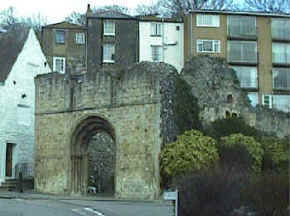 |
"Dover's Tidy Ruin" - Old St
James' Church - stands at the end of St James' Street, at the foot of
Castle Hill.
Built c.1070 |
|
|
Information on this page has been taken from Bavington Jones (1907) and Welby (1976) |
||
The earliest mention of the Church of St. James can be found in the Domesday Monachorum and White Book of St. Augustine, compiled during the time of Archbishop Lanfranc (c.1070-1089AD), which names it as one of the four churches subordinate to St Martin le Grand. The others were: St Peter (Market Square); and St Nicholas and St John the Baptist, both of which were in the church of St Martin le Grand. A Visitation of the Diocese of Canterbury by the Bishop Suffragan of Dover, Richard Rogers, on 29th September 1573, found the church to be somewhat lacking:
It is thought that the findings of this Visitation prompted Queen Elizabeth's proclamation on 20th October 1573, which ordered the bishops to keep their churches in "one uniform and godly order." |
||
|
|
||
|
The earliest extant parish register for St. James dates from 1594. In 1634, Nathaniel Brent, Vicar General and Commissary of Archbishop William Laud, visited the church and ordered the churchwardens to move the pews from the east wall and to provide a decent communion table, fenced off with a "decent and seemly rail" for the parishioners to come up to for the celebration of the Sacrament, and also something to kneel upon. During the war with the Netherlands (1652), local blacksmith was paid to erect ironwork around the church to convert it into a temporary prison for captured Dutch seamen. There are relatively few entries in the parish registers of deaths from the plague: in the period from May to December 1666 only 4 names are recorded, but the entry is accompanied by the following note:
Plague victims were taken out of the town to Archcliffe, where the bodies of rich and poor, young and old, were buried together in mass graves, with no rites or ceremony. Master Abraham Beere and Goodman Bowle were mentioned in town records as "bearers of corpse," paid a shilling to risk their own lives to transport the bodies of plague victims from their homes to the burial grounds in hand carts. Others like Crook-back Jane and Mother Randall were said to have reaped a golden harvest as "searchers" of the dead. "T'was a dreadful, yet useful calling." |
||
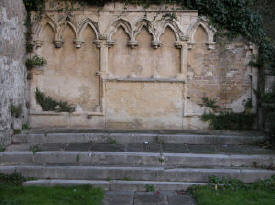 |
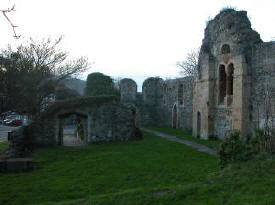 |
|
|
In a Parish Return by Rev. William Tournay (Rector, 1795-1833), now in Lambeth Palace Library, the parish is described as comprising 278 houses and about 70 acres of arable, pasture and gardens. "There are some opulent inhabitants ... but none of note." The Rector also had a vicarage at Hougham, and services were held alternately on Sunday morning and afternoon so that the Rector could also officiate at Hougham. There was a free school in the parish, supported by John Trevanion Esq., M.P. There was no hospital or almshouse in the parish, but "three decayed tenements which belong to the parish and being a nuisance to the neighbourhood it is purposed to sell them under authority of an act of Parliament obtained for the erection of a Poorhouse." The Rector stated that there were "no Papists" in the parish and, in his belief, "no Dissenters;" there were no more than 30 Methodists, and they had "not lately increased their numbers." He also noted that there was no "Meeting House." This was presumably a reference to the Quakers. |
||
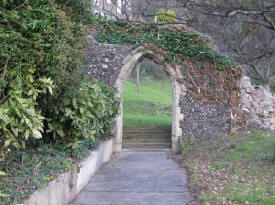 |
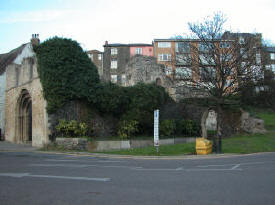 |
|
|
Old St James' Church was replaced by New St James', about 100 yards north in Maison Dieu Road, when it became too small to hold the congregation.
|
||
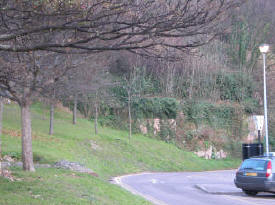 |
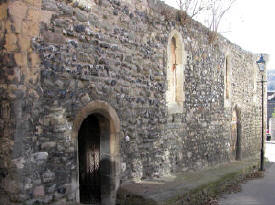 |
|
The church was altered and refurbished in 1868-9, after which an organ was installed in the gallery at the west end of the North Aisle. Built by Gray and Davison, of Euston Road, London, it was hand-blown with a mechanical action contained in a painted softwood cabinet. The front rank of pipes were made of zinc, tapered in construction and painted, while the inside pipes were made of an alloy of 25% tin, 75% lead, or wood. |
||
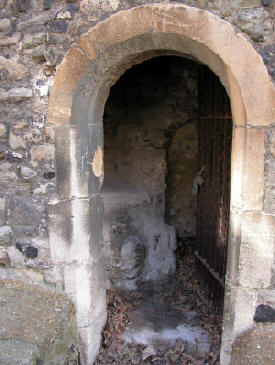 |
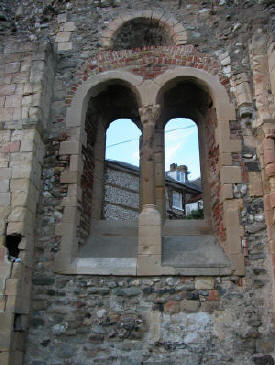 |
|
On Sunday 19th March 1916 a German seaplane dropped several bombs on the town killing 7 and injuring 30 persons. One bomb burst in the garden of a house on the corner of Woolcomber Street and Trevanion Street and pieces penetrated the roof of the church, causing a great deal of damage. After the bombing in the Second World War, both old and new churches were in ruins and the decision was made not to replace them, so old St. James' was kept as a "tidy ruin" and has survived in that state for the last 60 years. New St James' was demolished and the ground on which it stood is now used as a playing field for St. Mary's primary school. |
||
|
At the end of Maison Dieu Road is a walled green, now used as a playing field for the adjoining primary school. This is all that remains of new St. James' church, destroyed by enemy action in WW2. |
|
|
|
||
